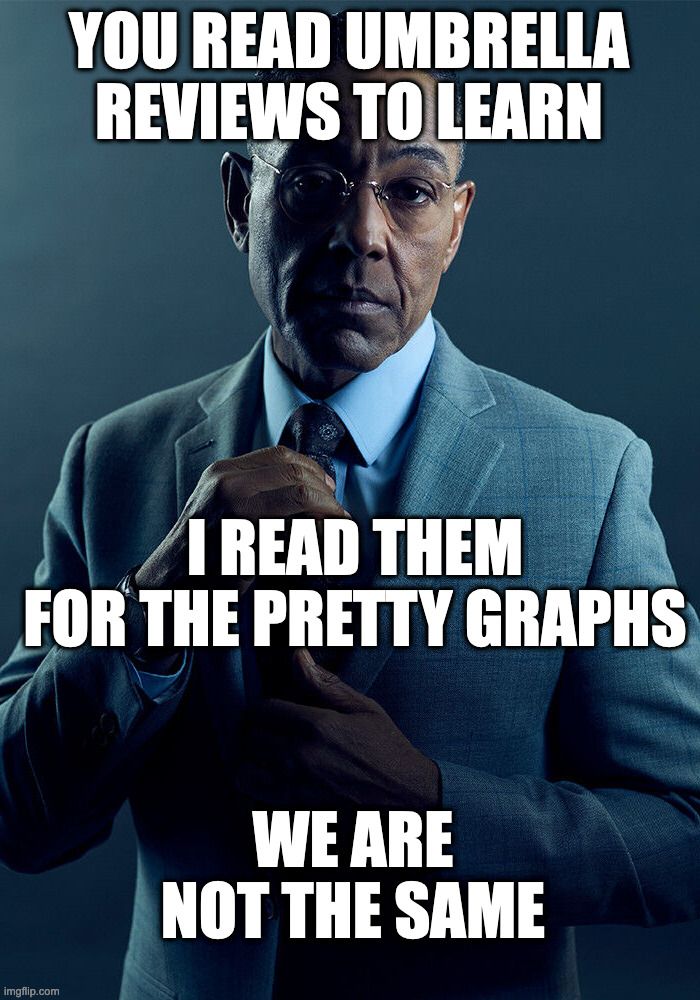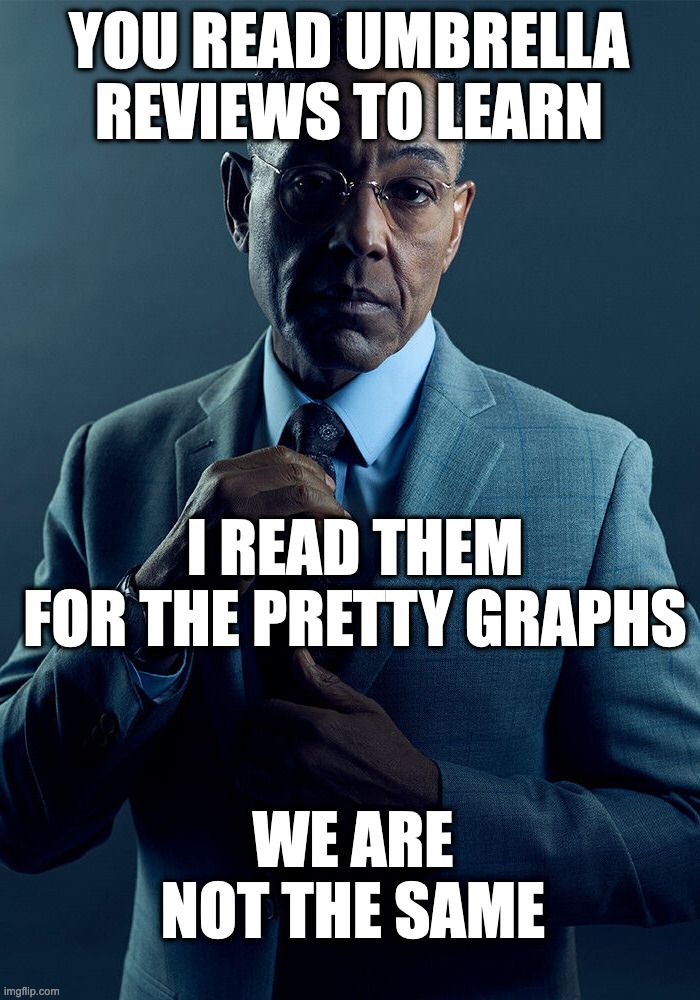PT Crab 🦀 Issue 159 - Mouth Stuff

In over three years with this newsletter, I’ve never talked TMJ. Okay, not never, but only once. Which is basically never. 159 episodes, over 500 articles, one about TMJ. So let’s triple that content today. And if you don’t like TMJ, ummmmm… come back next week?
Speaking of next week, I’ll be in London at this time next week and I’m really looking forward to it. I’ll probably be a tad hungover because next Tuesday night I’ll be at the World Championship of Darts. And if that’s a weirdly niche thing to do, it’s not nearly as niche as me watching old darts matches while I do notes after work. Now that’s niche. But anyway, don’t fret, there’ll be a Crab because I’ve got about 10 hours of plane time to fill.
And with that unimportant information, let’s dive in!
Oh yea, if you want two more articles than this, you know what to do.
Manual for TMJ? Eh?
The Gist - Manual alone for TMJ ain’t the thing folks. Manual alone ain’t the thing for most things, but you already know that. But this systematic review from the Journal of Oral & Facial Pain and Headache in 2020 really breaks down the details. They compared RCTs where people with temporomandibular disorders underwent manual therapy that included stretching, mobilization or STM, guided opening and closing, or isometrics against resistance. In those RCTs, these interventions were compared to a control group of at least one type that included guidance/counseling, medicine, or occlusal devices, or no intervention at all.
Overall, they pulled out five studies to review that included 279 people aged 12 to 69 (nice). 156 got manual only or manual with counseling while 123 were in control groups distributed into botox injections, home PT alone, no treatment, or counseling. The outcome measures were changes in myofascial pain and reductions of limitations in oral function. And manual alone did not do well.
Though it wasn’t terrible, it ended up clocking in at pretty much equal to counseling alone. Manual with counseling was better than either manual alone or counseling alone, and a single injection of botox was best for pain reduction. Only one of these studies had a long follow-up time, they reassessed at 6 months and 1 year and the group that received both manual therapy and counseling did much better. Throughout though, I quibble with the use of the term “counseling” since this is how they describe it in one study: “guidance on the condition; teaching supervised self-care exercises performed during the session with the professional to be performed by the patient twice a day. The exercises were guided and controlled mandibular excursions and stretching after isometric contractions.” So I’d say that the group with manual and exercise did better, which we all figured anyway.
Tell Me More - So you know I quibble with the definition of counseling here, but what about manual? The manual techniques were “mainly self-relaxation exercises with diaphragmatic breathing, self-massage of the masticatory muscles (mainly masseter and temporalis), stretching, coordination exercises, and intraoral massage techniques.” Which, again gives me some quibbles because I don’t really count self-massage as manual therapy. But maybe that’s just me. What I do really love about this paper is that they’re very open and forward about what was in the studies and it’s broken down in an excellent table.
We’ve hit the constant problem that PT studies are too diverse and broad to really bring together into one box. This review does a great job of breaking down individual studies and pulling out some information and lets us know that manual alone isn’t very effective. But it doesn’t give us too much more than that. Do check out the individual studies though, they’re detailed and pretty good.
Paper? Gots its.
And that’s the week. Enjoy! And thanks for subscribing. Please do share with friends and enemies. Bye!






Comments
Want to leave a comment and discuss this with your fellow PTs? Join PT Crab and get summarized PT research in your inbox, every week.